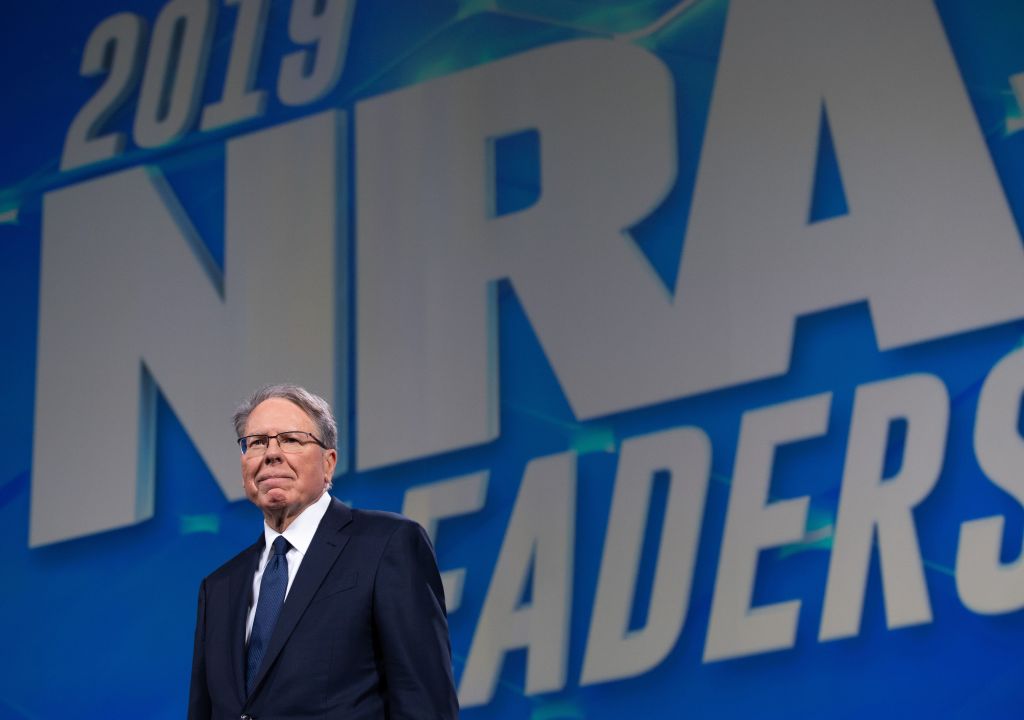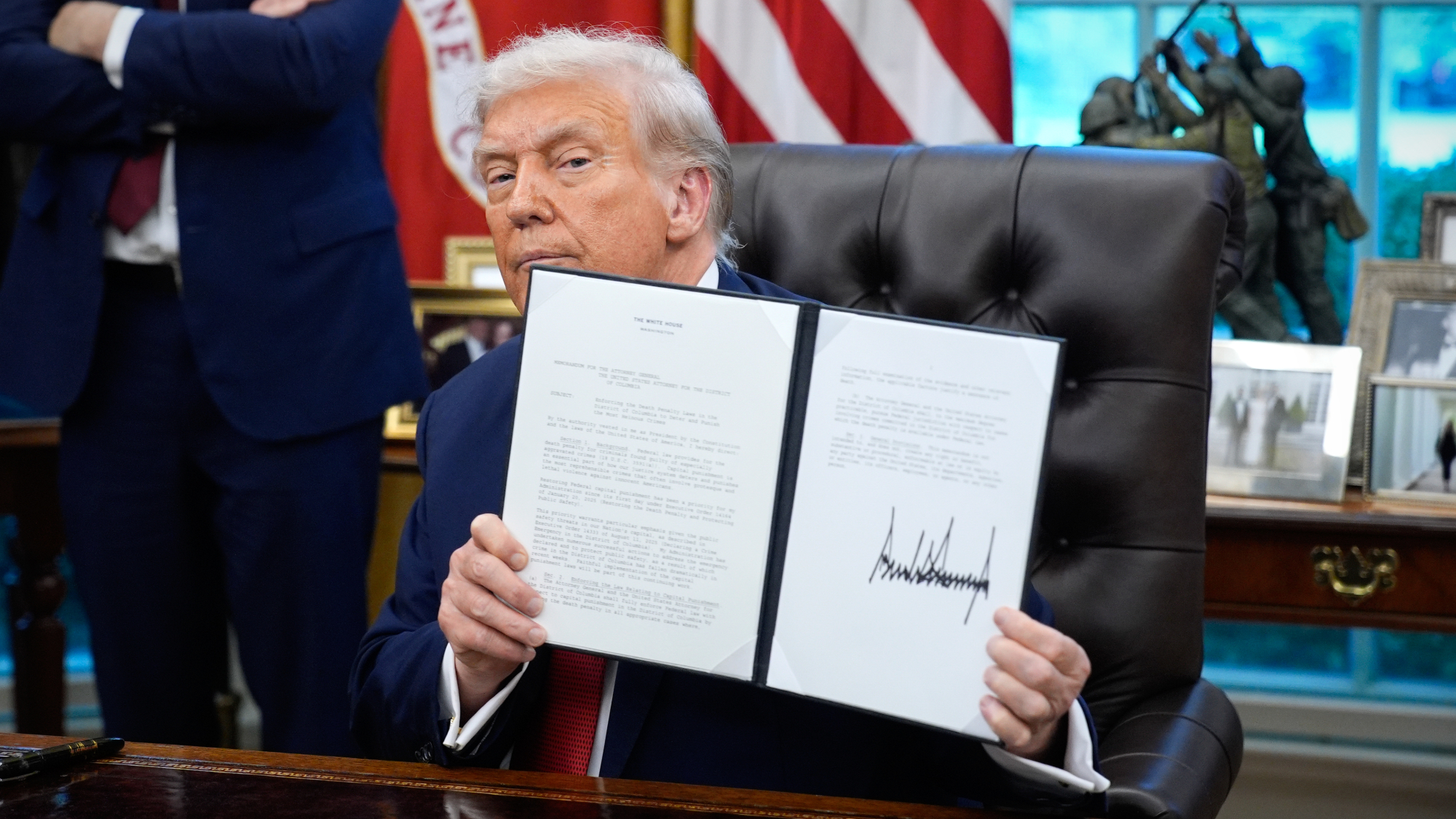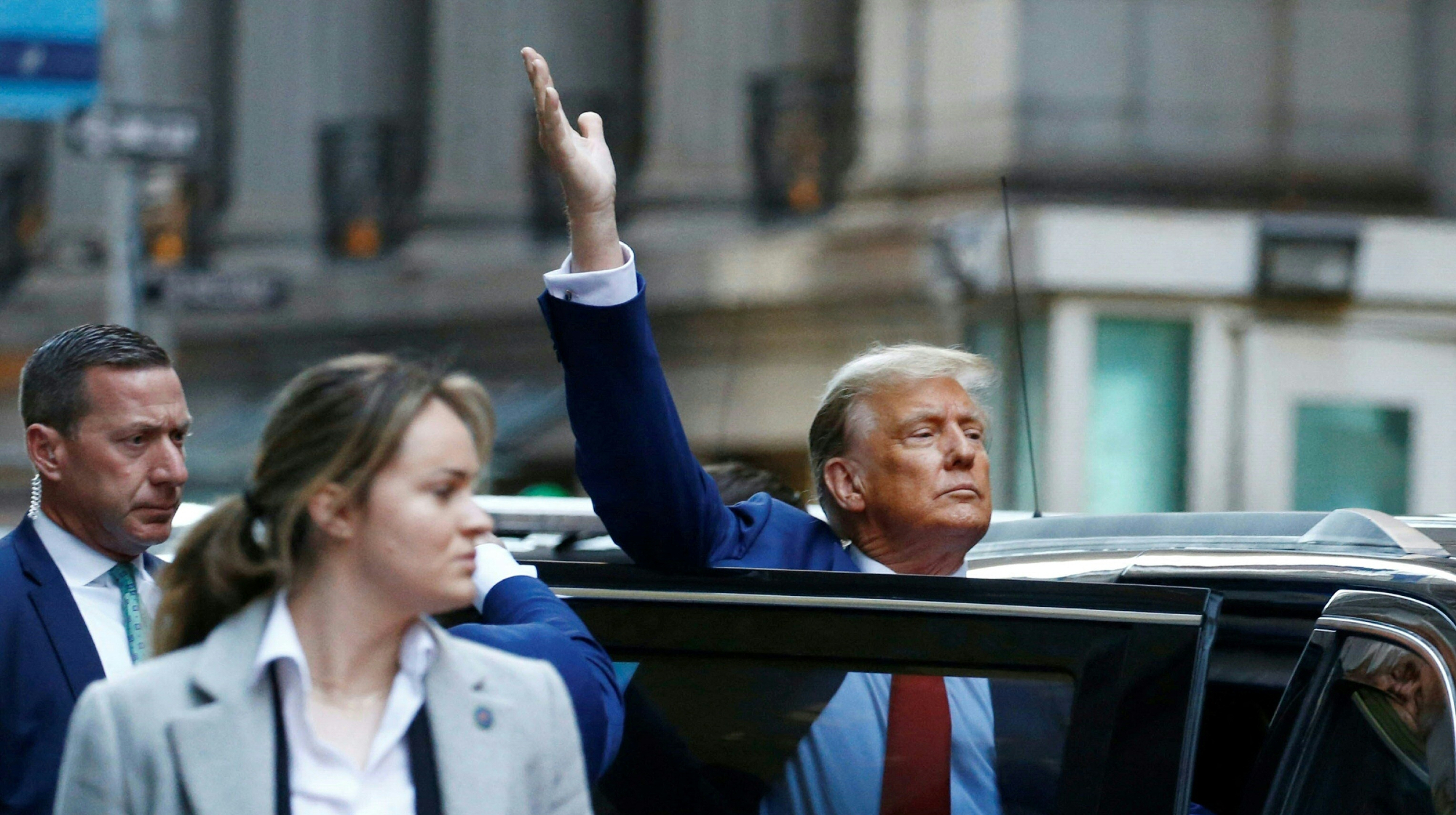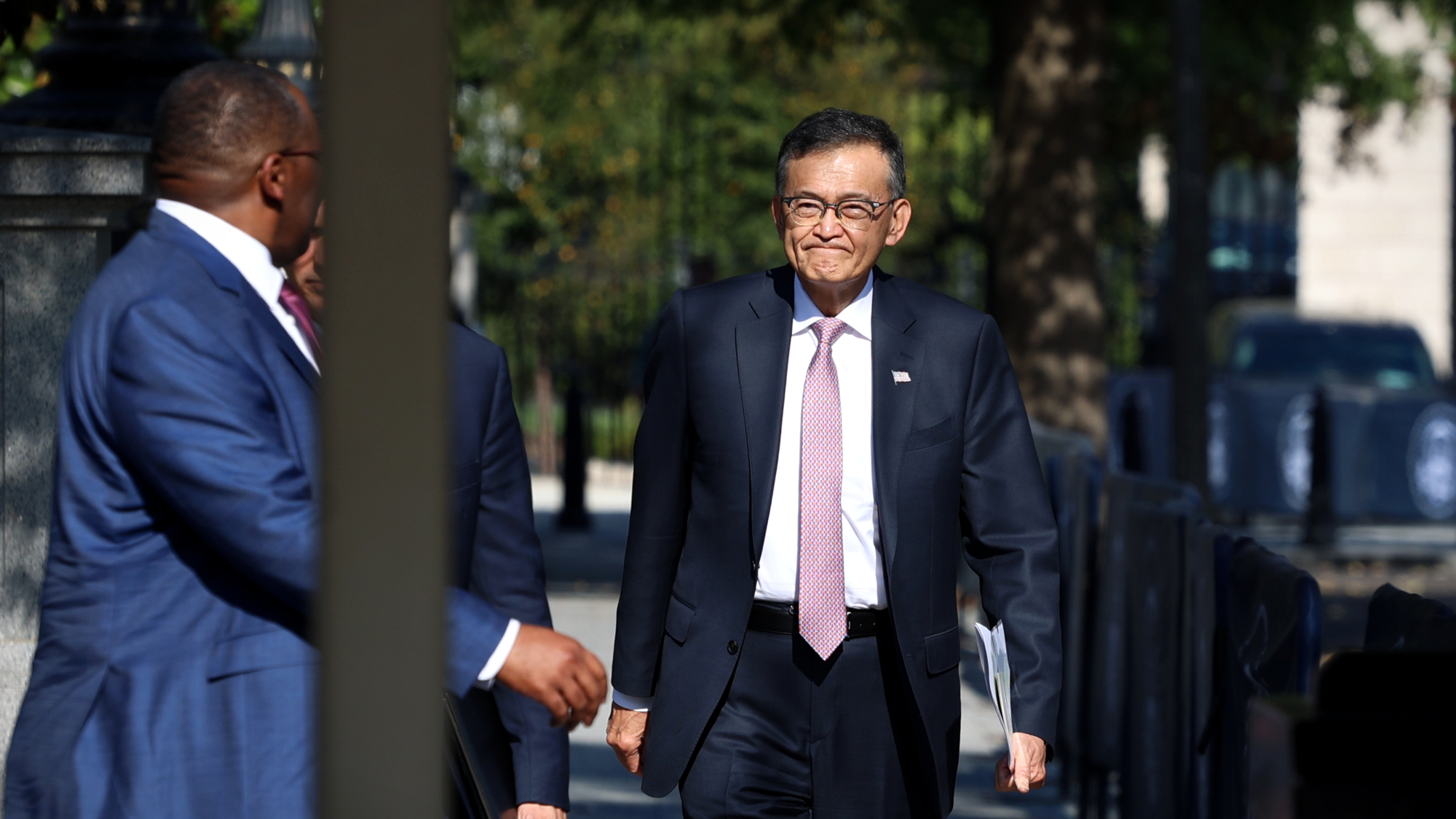NRA's LaPierre said the gun group took a '$100 million hit' from recent legal battles


The National Rifle Association, like most organizations, has probably been adversely affected by the COVID-19 pandemic, but it was in pretty bad financial shape before that, according to audio of CEO Wayne LaPierre obtained by NPR News. At a Jan. 11 NRA board meeting in Virginia, LaPierre said "the cost that we bore" from legal troubles in 2018 and 2019 "was probably about a $100 million hit in lost revenue and real cost," adding, "I mean, that's huge." In response, the NRA cut $80 million in costs and took the organization "down to the studs," he said.
The NRA laid off staff and announced pay cuts in March, blaming the coronavirus.
LaPierre did not say how much of the $100 million hit came from investigations into the NRA's finances by the attorneys general of New York and Washington, D.C., and how much was a result of a messy divorce with its former longtime public relations firm, Ackerman McQueen. But in an April 15 legal filing, NPR's Tim Mak notes, Ackerman McQueen said it believes the NRA paid outside lawyers "more $54 million" over the last two years. LaPierre seemed to blame New York and D.C., calling the investigations of misspending and self-dealing "the power of weaponized government" like you might find in Russia, Cuba, or Venezuela.
The Week
Escape your echo chamber. Get the facts behind the news, plus analysis from multiple perspectives.

Sign up for The Week's Free Newsletters
From our morning news briefing to a weekly Good News Newsletter, get the best of The Week delivered directly to your inbox.
From our morning news briefing to a weekly Good News Newsletter, get the best of The Week delivered directly to your inbox.
The NRA and its affiliates reported more than $412 million in earnings and more than $423 million in expenditures in 2018, with tens of thousands going to foreign fundraising efforts after multiple years of financial shortfalls. Internal tensions over LaPierre's lavish spending and alleged chicanery spilled into the open at the NRA's April 2019 meeting, where the group's president, Oliver North, quit and an attempt to oust LaPierre failed. LaPierre said at the Jan. 11 meeting that NRA membership remains strong at "right around 5 million." You can listen to his comments at NPR and Mak's report below. Peter Weber
A free daily email with the biggest news stories of the day – and the best features from TheWeek.com
Peter has worked as a news and culture writer and editor at The Week since the site's launch in 2008. He covers politics, world affairs, religion and cultural currents. His journalism career began as a copy editor at a financial newswire and has included editorial positions at The New York Times Magazine, Facts on File, and Oregon State University.
-
 A luxury walking tour in Western Australia
A luxury walking tour in Western AustraliaThe Week Recommends Walk through an ‘ancient forest’ and listen to the ‘gentle hushing’ of the upper canopy
-
 What Nick Fuentes and the Groypers want
What Nick Fuentes and the Groypers wantThe Explainer White supremacism has a new face in the US: a clean-cut 27-year-old with a vast social media following
-
 5 highly amusing cartoons about rising health insurance premiums
5 highly amusing cartoons about rising health insurance premiumsCartoon Artists take on the ACA, Christmas road hazards, and more
-
 TikTok secures deal to remain in US
TikTok secures deal to remain in USSpeed Read ByteDance will form a US version of the popular video-sharing platform
-
 Unemployment rate ticks up amid fall job losses
Unemployment rate ticks up amid fall job lossesSpeed Read Data released by the Commerce Department indicates ‘one of the weakest American labor markets in years’
-
 US mints final penny after 232-year run
US mints final penny after 232-year runSpeed Read Production of the one-cent coin has ended
-
 Warner Bros. explores sale amid Paramount bids
Warner Bros. explores sale amid Paramount bidsSpeed Read The media giant, home to HBO and DC Studios, has received interest from multiple buying parties
-
 Gold tops $4K per ounce, signaling financial unease
Gold tops $4K per ounce, signaling financial uneaseSpeed Read Investors are worried about President Donald Trump’s trade war
-
 Electronic Arts to go private in record $55B deal
Electronic Arts to go private in record $55B dealspeed read The video game giant is behind ‘The Sims’ and ‘Madden NFL’
-
 New York court tosses Trump's $500M fraud fine
New York court tosses Trump's $500M fraud fineSpeed Read A divided appeals court threw out a hefty penalty against President Trump for fraudulently inflating his wealth
-
 Trump said to seek government stake in Intel
Trump said to seek government stake in IntelSpeed Read The president and Intel CEO Lip-Bu Tan reportedly discussed the proposal at a recent meeting
